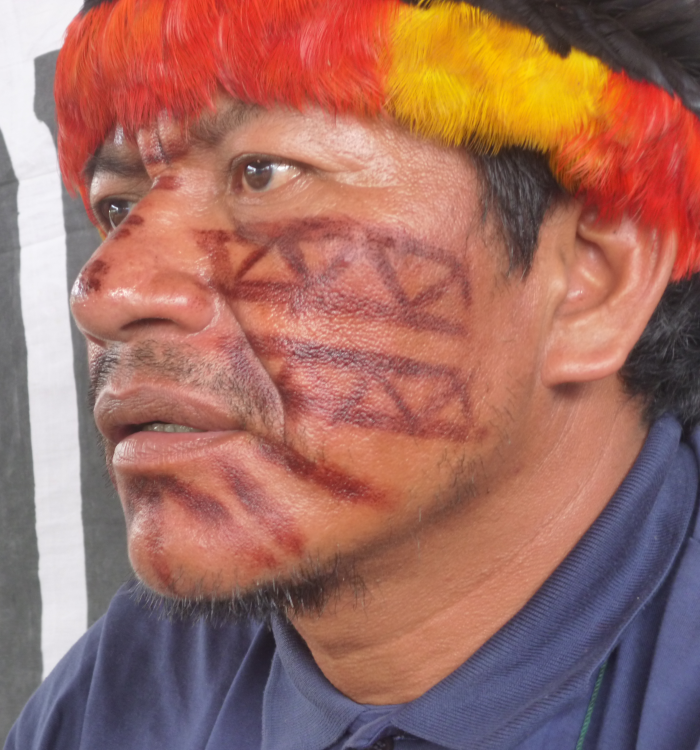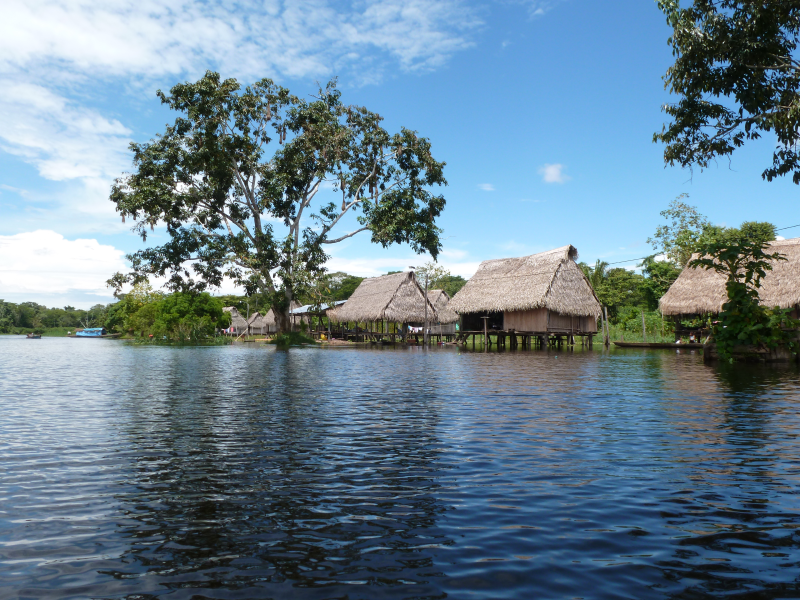Amazonia: Loreto region
Aurelio Chino Dahua, President of FEDIQUEP indigenous organisation
© FORMABIAP

“In the Loreto region, we have experienced serious (environmental) changes.”
Aurelio Chino Dahua, President of FEDIQUEP indigenous organisation
“In the Loreto region, we have experienced serious (environmental) changes. Severe floods that destroy our fields and houses are increasingly common. We observe changes in nature that affect our daily lives and our way of life. There are fewer fruits and hunters often return home empty-handed. We have the impression that the forest itself is also dry, which leads to more forest fires. I am very concerned about the situation and the impact this will have on our children and our future.”
Scientific Background
Peru is affected particularly severely by climate change. The consequences are floods and landslides, but also waves of drought and cold. Climate change has significantly altered the distribution of rainfall in all ecosystems. While precipitation has increased in some regions (Loreto, Apurimac, Cusco), it has tended to decline in the south. The Andean glaciers have lost 22 percent of their mass in the last 35 years. The melting of the glaciers, which are particularly important for the storage of fresh water, has led to a decline in the quantities of water flowing from the mountains to the coastal desert.

